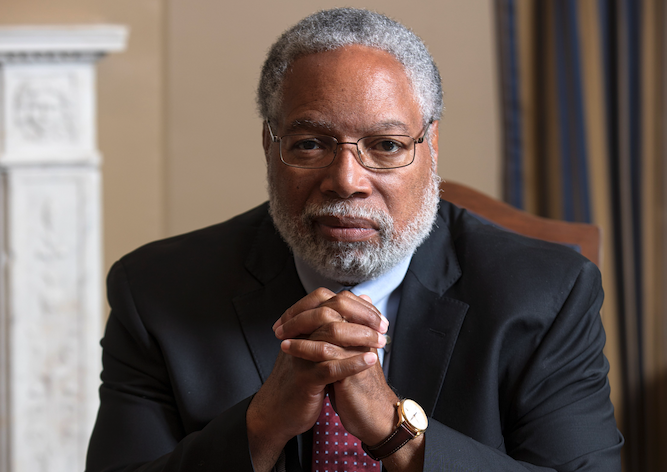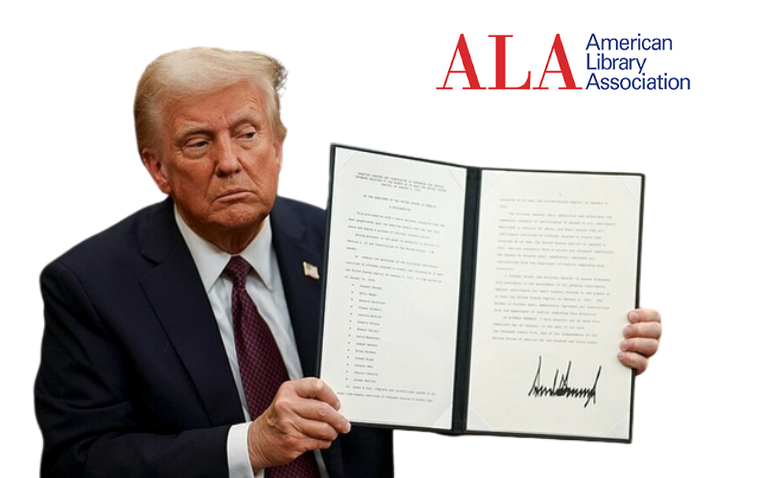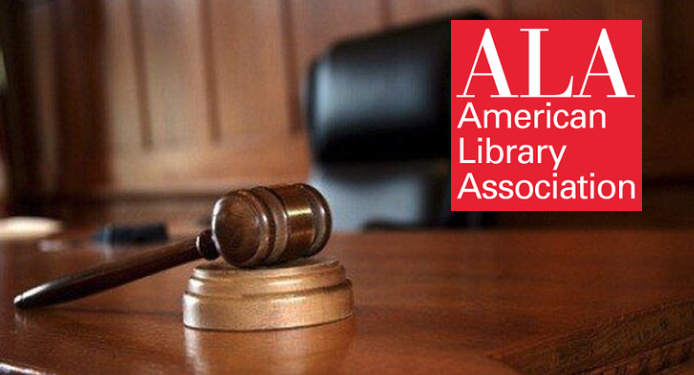Smithsonian Secretary Addresses Trump Effort to Remake the Historic Institution
In a memo to staff, Secretary Lonnie G. Bunch III said the Smithsonian will "remain committed to telling the multi-faceted stories of this country’s extraordinary heritage."

In a memo to staff posted to the Smithsonian’s Reddit account—and later deleted—Secretary Lonnie G. Bunch III offered a calm response to a March 27 executive order in which President Trump directed Vice President JD Vance to rid the institution of what he called “improper ideology.”
“As an Institution, our commitment to scholarship and research is unwavering and will always serve as the guiding light for our content,” Bunch wrote to staff. “We remain steadfast in our mission to bring history, science, education, research, and the arts to all Americans. We will continue to showcase world-class exhibits, collections, and objects, rooted in expertise and accuracy. We will continue to employ our internal review processes which keep us accountable to the public. When we err, we adjust, pivot, and learn as needed. As always, our work will be shaped by the best scholarship, free of partisanship, to help the American public better understand our nation’s history, challenges, and triumphs.”
The memo comes after a March 27 executive order, in which Trump directed Vance to lead an effort to bring the Smithsonian in line with the administration’s views, which includes the denial of funds for “exhibits or programs that degrade shared American values, divide Americans based on race, or promote programs or ideologies inconsistent with federal law and policy.” In its opening sentences, Trump’s order alleges “a concerted and widespread effort to rewrite our Nation’s history, replacing objective facts with a distorted narrative driven by ideology rather than truth.”
Bunch, the first African American and first historian to serve as head of the Smithsonian, was appointed as the 14th Secretary of the Smithsonian in June 2019. In his role, he oversees 21 museums, 21 libraries, as well as several research centers and education units, and the National Zoo. Notably, two new museums—the National Museum of the American Latino and the Smithsonian American Women’s History Museum—are currently in development.
Before being named secretary, Bunch was the founding director of the Smithsonian’s National Museum of African American History and Culture, which opened in September 2016, and which Trump's March 27 order specifically criticized.
In an interview with the now defunct site DCist, Bunch explained reporter Rachel Sadon that the museum is not so much a story about the African American community, but “a story about America through the lens of the African American community.” And he cogently explained the importance of collecting history objectively for future.
“First of all, part of the museum’s job is to collect today for tomorrow, so that there are things—like we’ve collected Black Lives Matter artifacts, we’ve collected things in Ferguson, things in Baltimore—and some of those are on display in the museum. Some maybe won’t be in display until a curator 30, 40, or 50 years from now wants to use it,” Bunch explained. “Our goal is to make sure that it never happens, like it used to happen early in my career—there were exhibits I wanted to do, stories I wanted to tell—and museums didn’t have those collections. I wanted to make sure that future curators wouldn’t have that problem.”
Critics have accused the Trump administration's targeting of the Smithsonian as the latest move in an ongoing effort to whitewash American history. “We do not run from or erase our history simply because we don’t like it,” Rep. Yvette Clarke, chair of the Congressional Black Caucus, said in a statement to the AP. “We embrace the history of our country – the good, the bad, and the ugly.”
Meanwhile, it remains unclear just how much power Trump has to change the Smithsonian through executive action. The Smithsonian is not an executive branch agency, but “a trust instrumentality” run by a Board of Regents, which, according to the Smithsonian website includes “the Chief Justice, the Vice President, three members of the Senate, three members of the House of Representatives, and nine citizen members appointed by Joint Resolution of Congress.”
In his memo to staff, Bunch sounded a note of calm.
“As we have done throughout our history, the Smithsonian will work with the Board of Regents, including the Chief Justice, Vice President, and our congressional and citizen Regents. The Smithsonian is fortunate to have a dedicated board that understands and appreciates the Institution's mission, as well as the importance of scholarship, expertise, and service to the American public,” Bunch wrote. “We remain committed to telling the multi-faceted stories of this country’s extraordinary heritage.”


